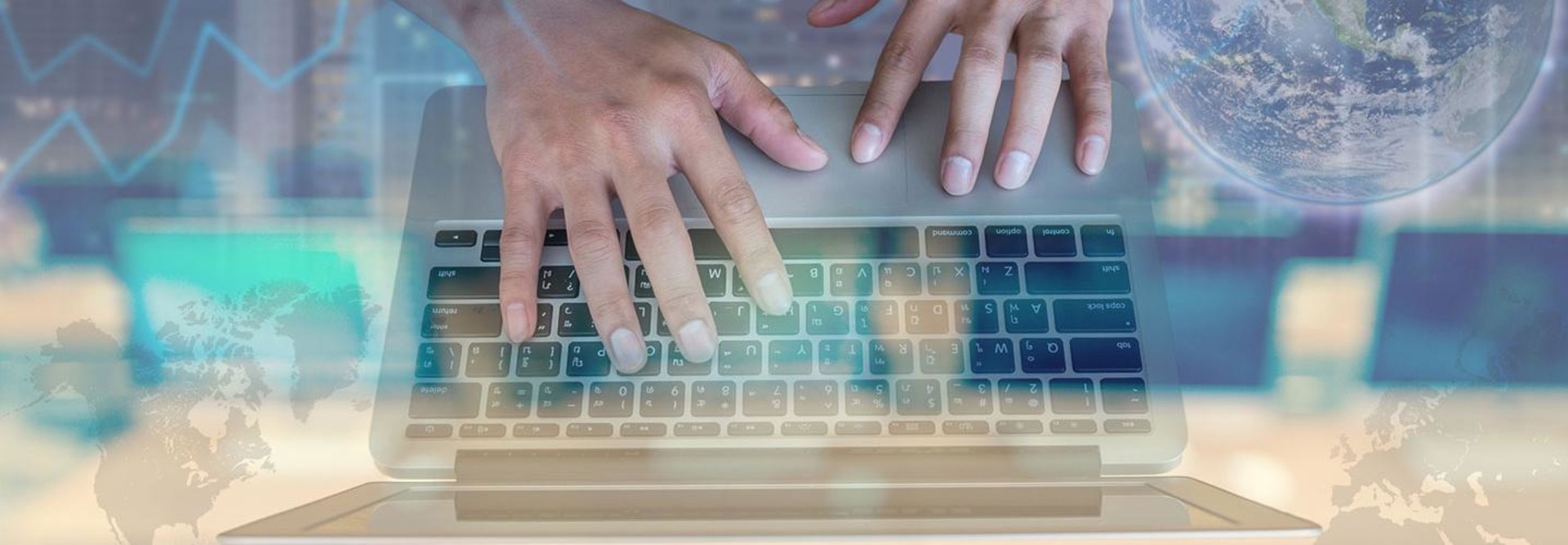HP Pledges to Invest in Tech to Enhance Education for 100 Million by 2025
Nonprofit organizations like EveryoneOn and Connecting For Good have made it their mission to close the digital divide — the gap between those who can connect to the internet and those who cannot. Online access is especially critical for students, since so much schoolwork (and homework) is now digital.
While 80 percent of Americans with incomes of between $30,00 and $100,000 per year have a home broadband connection, that figure falls to just 53 percent for those making less than $30,000 annually, according to the Pew Research Center.
In the United States and abroad, technology companies are stepping up to boost access to the internet, especially for underserved communities. They are making investments, forging partnerships and focusing on expanded digital access as a key part of their corporate social responsibility strategies.
SIGN UP: Get more news from the EdTech newsletter in your inbox every two weeks!
HP Vows Use Tech to Support Global Education
Earlier this month, HP committed to invest more than $20 million in technology, training, research and development, and funding contributions to improve educational outcomes for more than 100 million people by 2025.
The company wants to boost basic literacy and numeracy skills as a way to help end the cycle of poverty, and wants to use its technological heft to reinvent classrooms and bring educational opportunities to those who might not otherwise get it.
HP has stated that it will create innovative educational solutions for millions of people, including those in underserved urban, rural and refugee communities. The efforts will involve “technology solutions designed exclusively for schools, scalable models that support digital inclusion and learning, and insights that help governments create effective human capital development policies and programs,” according to a statement from the company. To meet its goal, the company will expand programs like HP World on Wheels, which brings digital literacy to rural India through mobile learning labs.
Additionally, HP will also continue to provide refugees in the Middle East with access to personalized, blended learning experiences through six HP Learning Studios, which are equipped with hardware, software, and teacher training services that together inspire instructional innovation and next-generation learning experiences. HP Learning Studios also drive experiential learning at more than 60 schools in Australia, Canada, New Zealand, the United States, and seven countries in Europe.
Microsoft Focuses on Expanded Connectivity
When it comes to internet connectivity for K–12 students, a homework gap exists for students in rural areas. This means that students in rural areas are less likely than their suburban or urban peers to have access to the highspeed internet they need to succeed in school. Some tech giants are working to remedy this.
Microsoft announced earlier this month that it would work to eliminate the rural broadband gap in the U.S. by July 4, 2022. Microsoft President Brad Smith noted in a blog post that 34 million Americans still lack broadband internet access — currently defined by the Federal Communications Commission as a 25-megabit-per-second connection — and that of those who lack access, 23.4 million live in rural parts of the country.
How does Microsoft plan to close the gap? By using what is known as TV white space — the unused, “buffer” channels that sit between the active TV channels in the UHF spectrum. This unused spectrum in the UHF 600 megahertz TV band has strong propagation characteristics that let it travel far and penetrate buildings.
Under Microsoft’s new Rural Airband Initiative, the company will pursue direct partner investments, with the goal of bringing broadband connectivity to 2 million people in rural America by 2022. Microsoft and its partners will have at least 12 projects up and running in 12 states in the next 12 months, Smith says.
“Our goal is not to enter the telecommunications business ourselves, or even to profit directly from these projects,” he says. “We will invest in the upfront capital projects needed to expand broadband coverage, seek a revenue share from operators to recoup our investment, and then use these revenue proceeds to invest in additional projects to expand coverage further.”
Working through Microsoft Philanthropies, in partnership with the National 4-H Council, the initiative “will help train people on the latest technology so they can use this new connectivity to improve education, healthcare and agriculture, as well as transform their businesses,” Smith says.
Microsoft will also launch a new technology program to share its white-space expertise and aim to stimulate investment through royalty-free access to at least 39 patents and sample source code related to white-space technology.









